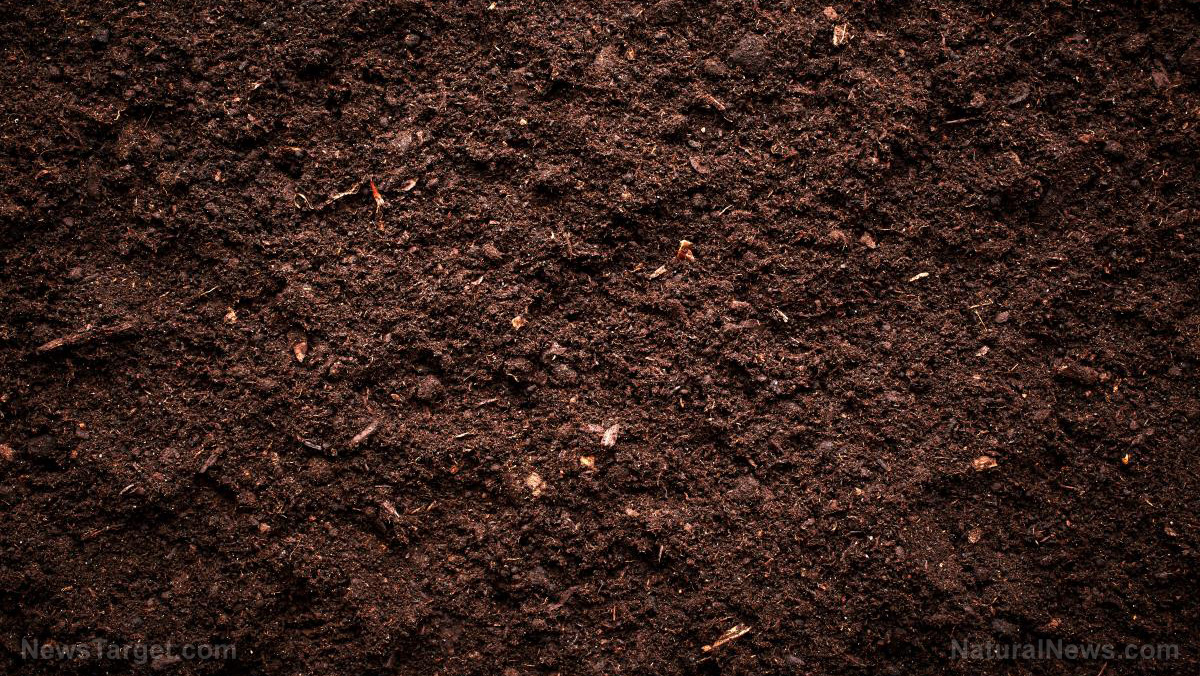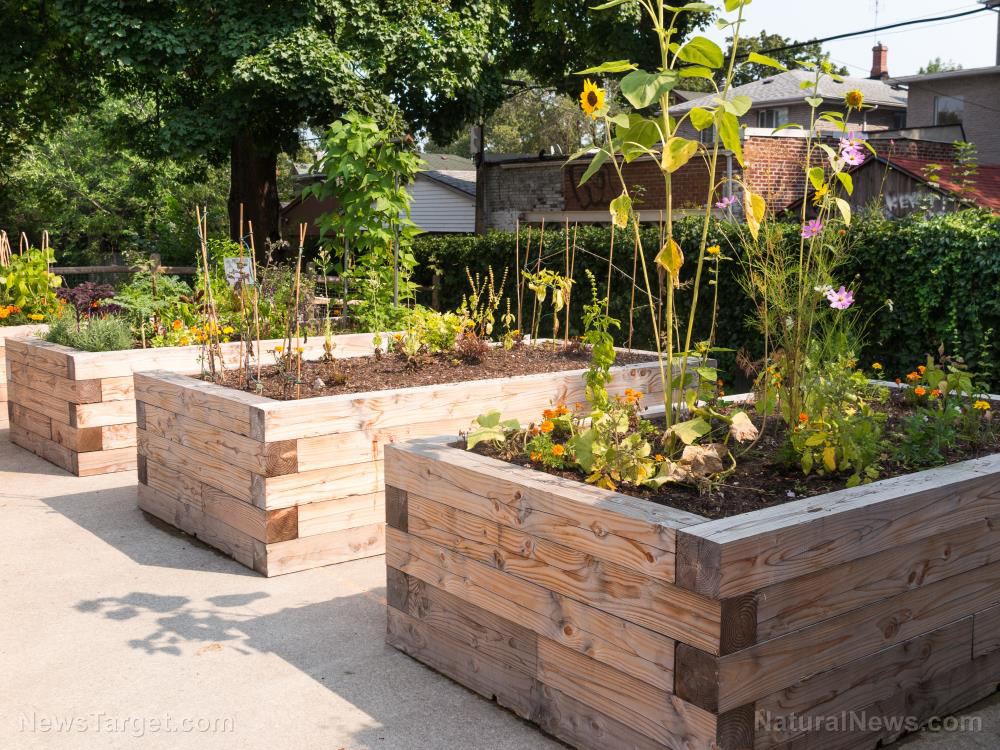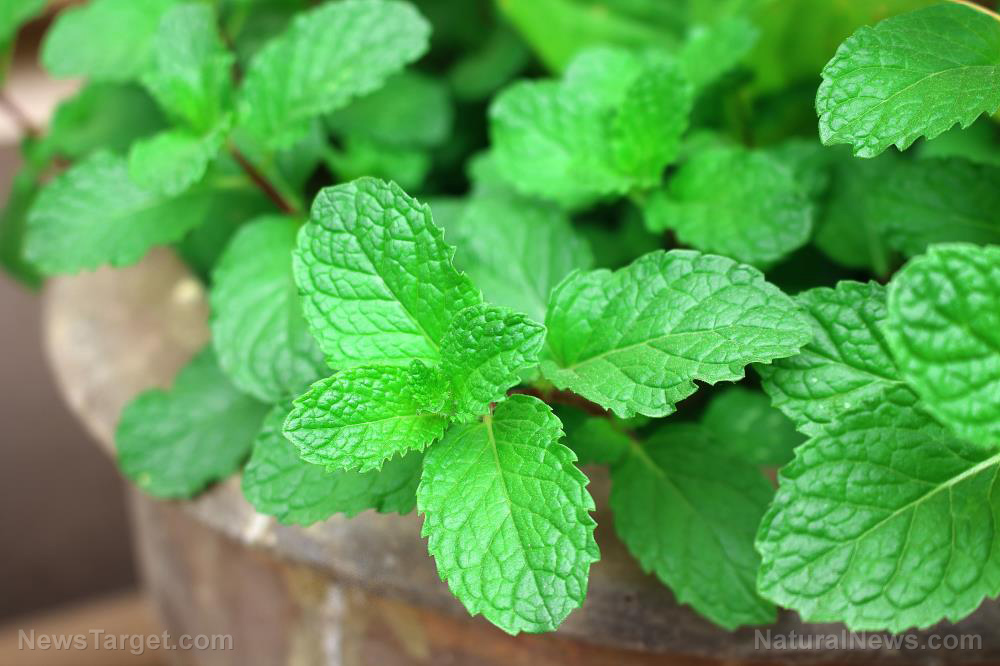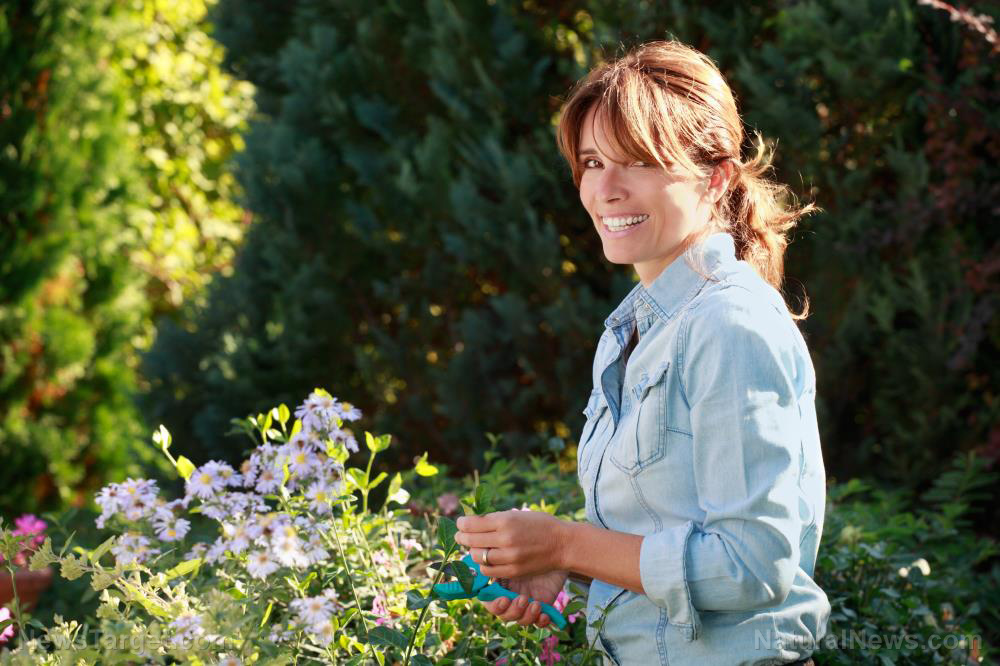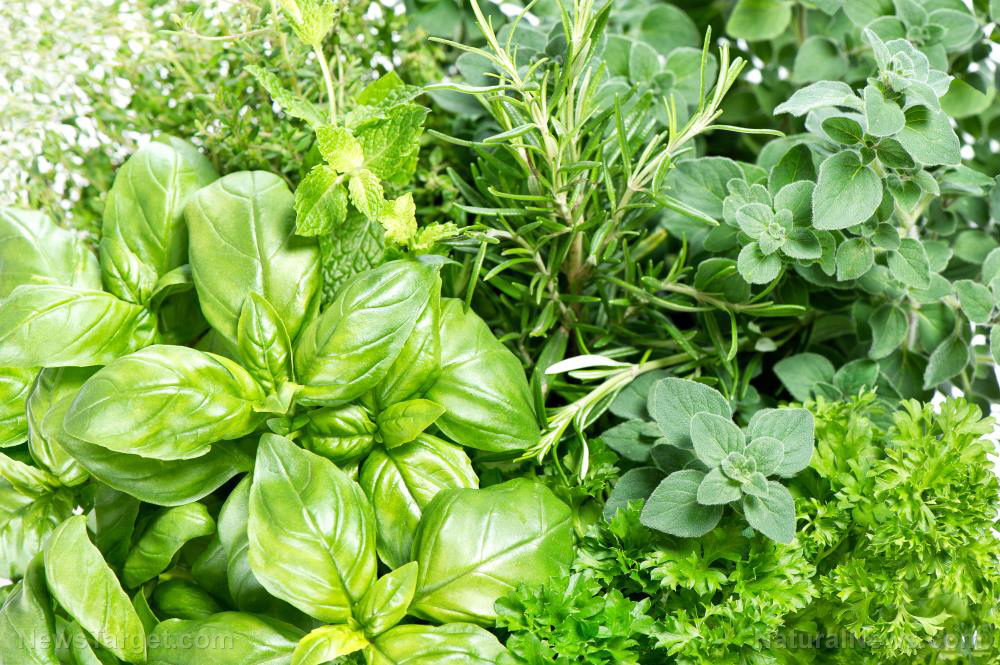Alternative tools for weed management, such as flame weeding, can be useful for crops such as field corn and winter wheat
07/28/2018 / By RJ Jhonson
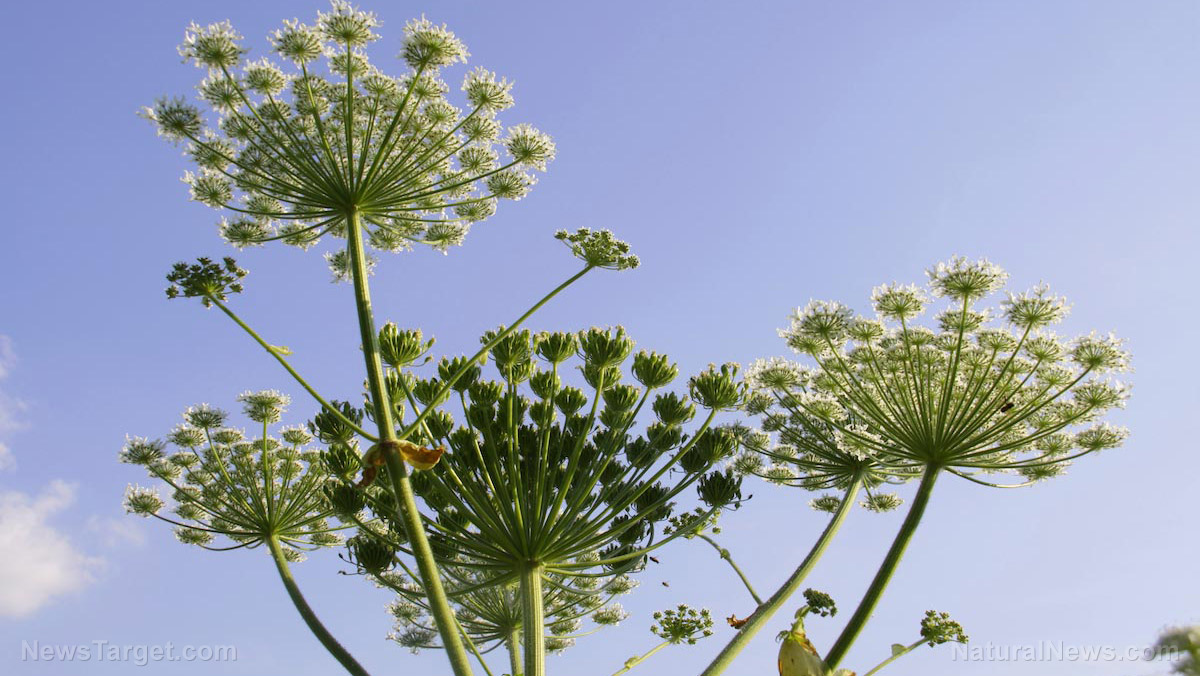
Anybody who grows plants, whether it’s in a garden or a farm, knows how big a problem weeds can be. They can a huge challenge for organic farmers who cannot use synthetic herbicides lest they lose their organic certification. Propane-fueled flame weeding is just one of several alternative tools and approaches being developed to manage weeds that, considering its apparent effectiveness and viability, may soon become available for public use.
Flame weeding takes advantage of plants’ vulnerability to heat. Contrary to what its name implies, the process does not mean actually setting weeds on fire. Rather, heat is directly applied to the plant to raise its temperature. This causes the water in the plant cells to either expand and burst or dry out. In either case, the plant is seriously injured and often dies.
There are two types of flame weeding treatments: selective and non-selective. Stevan Knezevic, who heads the research on the method along with his colleagues at the University of Nebraska-Lincoln, explained the difference between the two.
“During non-selective treatments, everything in the treatment path – both weeds and crops – is fully exposed to heat,” he said.
Non-selective treatment is ideal for when both the weeds and the crops are young, especially before the latter emerges from the ground. It is also applicable for young grass-type crops, such as corn, that can recover from treatment damage. Selective treatment, on the other hand, is applied only to specific plants and is best used after the crops had emerged.
“Selective flame weeding treatments aim to treat the weeds while minimizing injury to the crop plants,” Knezevic said. “This is usually done by positioning the torches or using hoods to direct the heat away from the crop plants.”
So far, the team of researchers had tested flame weeding on seven crops: field corn, popcorn, sweet corn, sunflower, soybean, sorghum, and winter wheat.
They have also looked into the process’ effects on broadleaf weeds, such as common waterhemp, field bindweed, kochia, velvetleaf, common ragweed, common lambsquarters, tansy mustard, and henbit, as well as grass weeds like green foxtail, yellow foxtail, and barnyardgrass. (Related: Use vinegar to kill weeds naturally and give Monsanto’s Roundup the heave ho.)
More propane can be channeled to the torches to increase heat for stubborn weeds, but the researchers recommend using the lowest effective dosage (gallons per acre) to conserve cost and fuel. The minimum propane dosage ranges from 10 to 12 gallons per acre, but this can increase depending on how matured the plant is.
A careful understanding of weeds and their growth stages will help improve the effectiveness of flame weeding. For instance, smaller weeds are generally more vulnerable than larger ones. Users must also keep in mind that heat is not enough to damage underground roots, so dandelions, thistles, and other perennial and biennial species may just grow back after a while. Repeated treatments are needed to eradicate these types of weeds.
To protect their crops, farmers must also be aware of their plants’ growth stages. Applying flame weeding treatments at the wrong stages could result in serious crop damage. Sunflower and soybean crops are especially vulnerable to this.
Flame weeding offers much promise as a weed management tool, especially in organic farming. It is also a safer alternative to herbicides that contain chemicals which are toxic not just to the human body, but also to the environment.
Many herbicides are known to cause a variety of diseases, including respiratory damage and several types of cancer. Exposure to them can also put fetuses at risk of having birth defects. When accidentally ingested or inhaled, some herbicides can be downright deadly.
The chemicals in herbicides are also known for causing environmental damage. They pollute the soil and small bodies of water. They also disrupt the nesting and feeding sites of small animals, such as birds and insects.
Read more stories on organic farming-friendly weed management approaches at Harvest.news.
Sources include:
Tagged Under: agriculture, alternative farming tools, environment, flame weeding, green living, herbicides, organic farming, Plants, propane-fueled flame weeding, weed management, weeds






